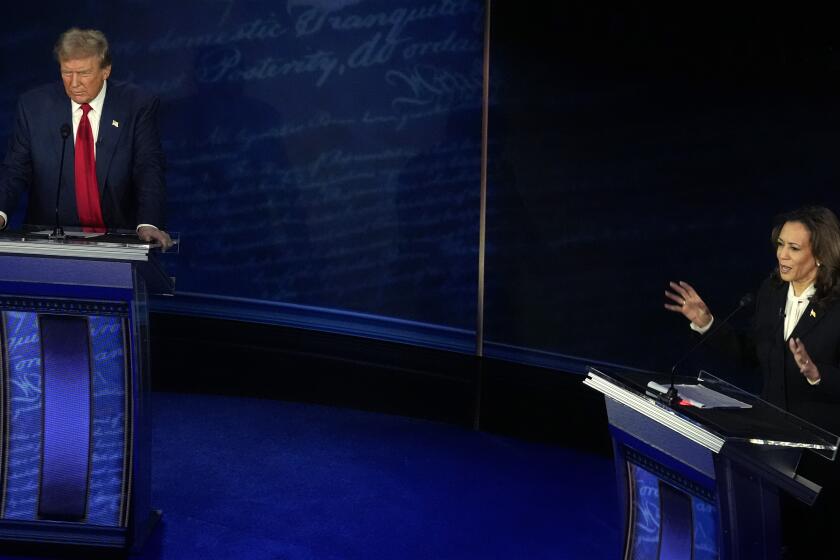Destruction of All of Chemical Arms Doubted
MOSCOW — Iraq had more than 2,000 tons of chemical and biological weapons before the start of the Gulf War, only a portion of which has likely been destroyed in massive allied bombing, according to a top Soviet chemical warfare officer.
Lt. Gen. Stanislav Petrov, commander of Soviet chemical warfare troops, said allied forces have scored hits on Iraqi chemical and biological weapons sites but had not yet destroyed Iraq’s potential to wage chemical and biological war.
In an interview published Monday by the daily newspaper Izvestia, Petrov said it is impossible to accurately judge Iraq’s potential. “I know that even the United States does not have reliable data on this question,” he said.
But citing “specialists,” Petrov said Iraq had 2,000 to 4,000 tons of poisonous weapons, mainly mustard gas, cyanide gas, Tabun and Sarin nerve gases, as well as biological agents including Siberian ulcer plague and cholera.
Iraq could also have various exotic African disease germs and botulin toxin, a bacteria that Petrov described as the most lethal known to science.
“One hundred grams of such a substance could bring death to hundreds of millions of people,” Petrov said. “And if there is a strike on the storage sites of this weapon, the consequences could be most unpredictable.”
The general said specialists do not believe that air attacks are the best way to prevent biological and chemical warfare, but he did not offer any alternatives.
Petrov also told Izvestia that allied planes damaged two Iraqi nuclear reactors, but he quoted Soviet specialists as saying the reactors were not destroyed.
More to Read
Sign up for Essential California
The most important California stories and recommendations in your inbox every morning.
You may occasionally receive promotional content from the Los Angeles Times.










